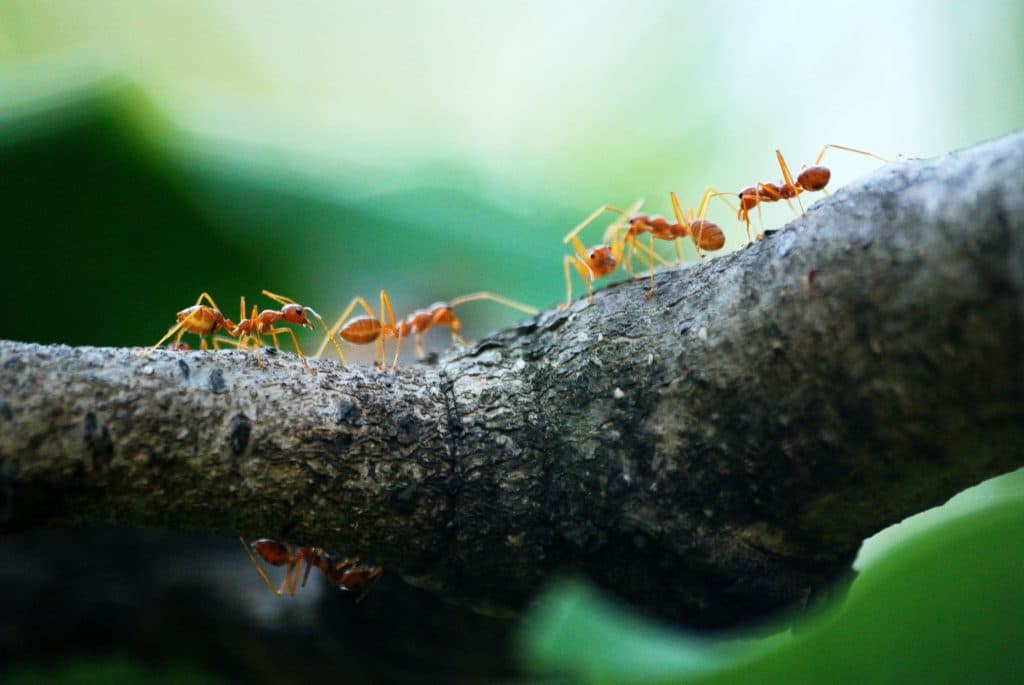We can draw inspiration from biological processes and systems and the workings of nature to make cities and urban practices more sustainable.

On the one hand, you have rapid urbanisation and its harmful effects on the environment and humanity. And on the other, you have nature, which has been operating in a virtuous manner for several billion years. Why not draw inspiration from the latter to limit the excesses of the former? That’s exactly what biomimicry sets out to achieve. It seeks to transfer processes and systems from biology to technology so that sustainable engineering solutions can be developed.
Initiatives to make urban plots greener above ground, underground and on roofs, especially within the eco-neighbourhoods of new cities, may be highly visible but don’t in themselves form part of a biomimicry approach.
Zoological observations
However, a number of sometimes surprising variants are being explored on the basis of zoological observations. These include the accuracy of the journey made by ant colonies looking for food, the ability of starling murmurations to move rapidly without colliding, and the way in which elephants stamp on the ground to warn the herd dozens of kilometres away. Such observations have resulted in advances in fields like guidance, traffic management and signage.
Architects, town planners, elected officials, designers and manufacturers are showing increasing interest in the approach, and cross-cutting strategies are beginning to emerge. The 1000 Resilient Cities organisation was set up at the initiative of New York mayor Michael Bloomberg following Hurricane Sandy in 2012 to encourage cities to share experiences – some of which are based on biomimicry. In France, Ceebios is designed as a national centre of excellence for biomimicry.
19/03/2018


